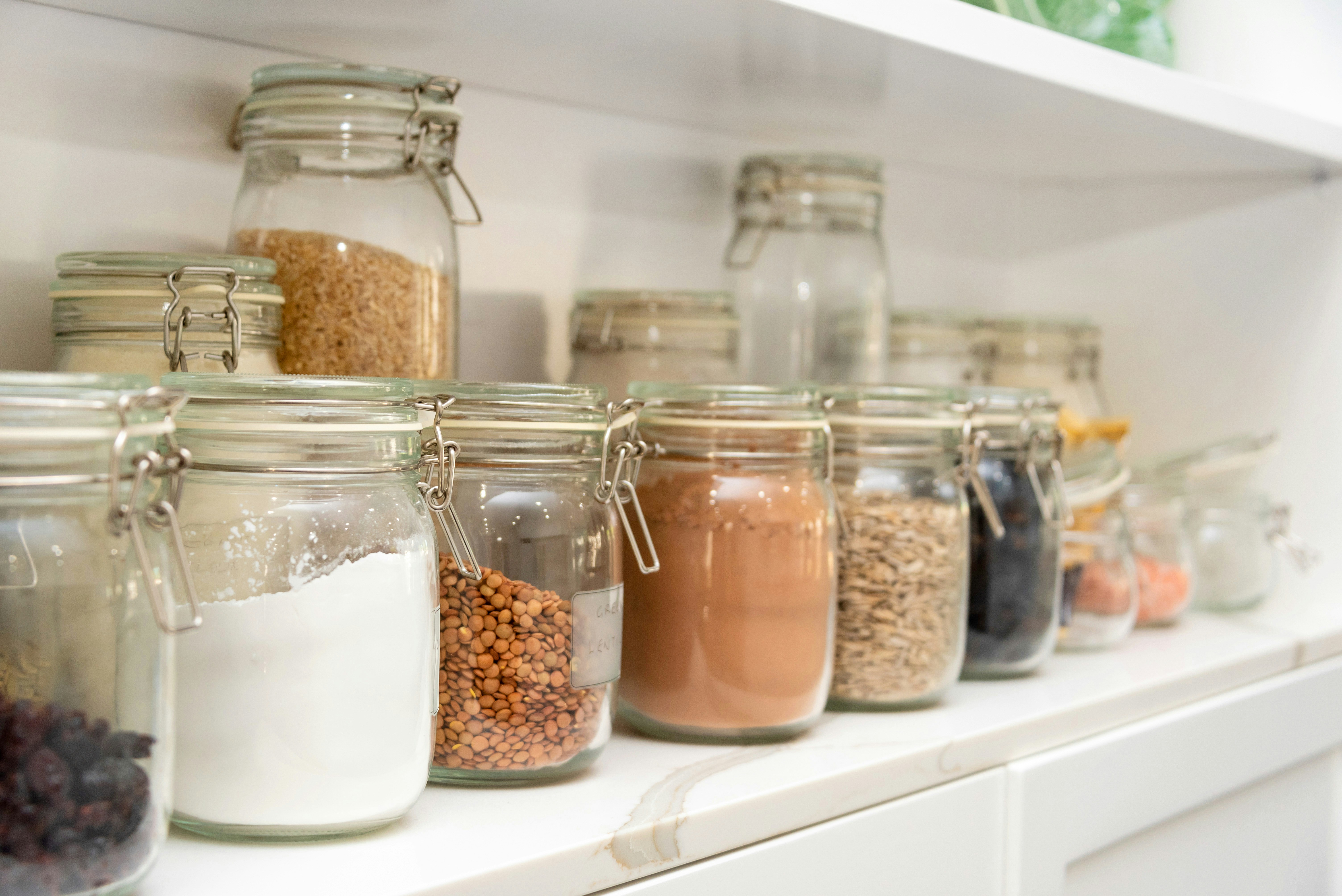News release
From:
Sustainability & Solutions: Joule (Wednesday, November 26): From kelp to coffee powder and tea, almost every pantry staple tested as a battery ingredient boosted performance, prompting scientists to argue that novel additives don't deserve all the credit, and something else is at play.
Expert Reaction
These comments have been collated by the Science Media Centre to provide a variety of expert perspectives on this issue. Feel free to use these quotes in your stories. Views expressed are the personal opinions of the experts named. They do not represent the views of the SMC or any other organisation unless specifically stated.
Professor Nicola Gaston, Director of the MacDiarmid Institute for Advanced Materials and Nanotechnology
“In a world in which the problems of scientific publishing are becoming ever more evident — ranging from issues of reproducibility to issues such as mislabelled images, or even to the deliberate faking of data — this paper is a very welcome contribution. When critique of publication quality risks being politically weaponised, it is ever more important that the scientific community does the mahi to upskill itself and improve expectations and norms around publication.
"This manuscript does not address issues of actual fraud, but gets deep into the question of what makes a quality paper. In the context of materials science, the development of a new material for a specific application — as a battery electrode, or solar cell photoactive component, or as a catalyst for chemical synthesis — requires demonstration in a particular device or testing configuration. By using common items — milk power, chilli powder, and powdered cat food as examples — the authors were able to show that 'almost any material can function as a component in an aqueous battery'.
"This does not of course mean that the choice of material for technological application is not a crucial one! Instead, the authors are demonstrating clearly that measured performance of a material depends strongly on the conditions under which it is measured: in this case, the electrolyte used contained zinc oxide in all cases, which enabled the stable electrochemical environment to be preserved. The goal is to demonstrate to researchers — and particularly to emerging researchers, in an engaging way — that we must be careful to (a) include all key details of experimental design, and (b) to be critical of the origin of any performance improvement, to avoid misattribution. As they say: 'when a new material appears to ‘‘work,’’ we must ask why it works. Is the improvement truly due to the material’s intrinsic properties, or is it largely enabled by favorable system-level conditions?'
"The ability to optimise materials for energy applications is becoming ever more important as clean tech materials move out of the lab into commercialisation, and the risk is that 'chasing incremental improvements can lead to diminishing returns in actual knowledge.'
"I believe that issues in scientific publishing will only be addressed in the long term by the scientific community picking up the responsibility for self-correction, and this manuscript is a useful, pedagogical, and constructive contribution to that effort. We should all make sure that we and our students are engaged in these discussions.”



 International
International



